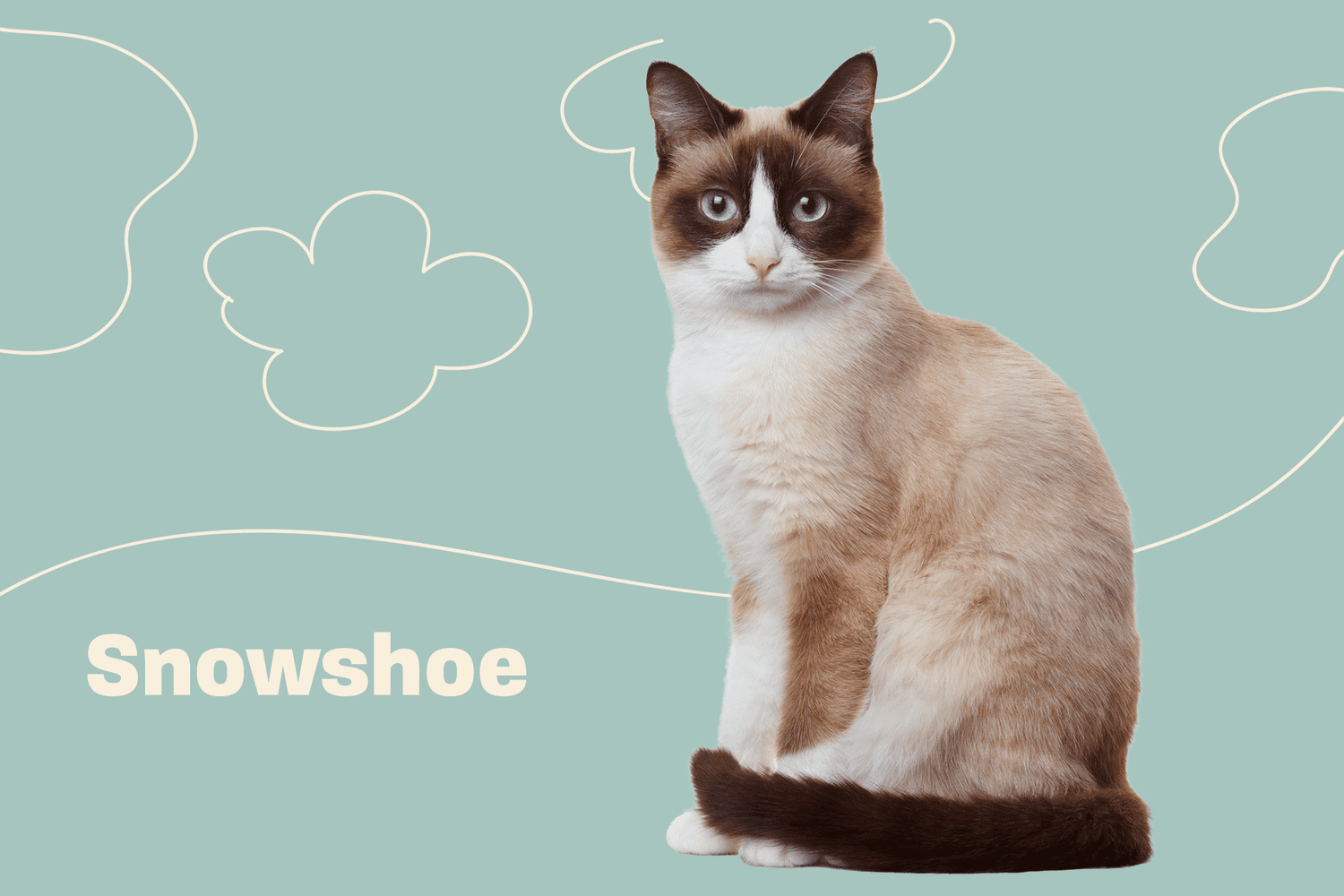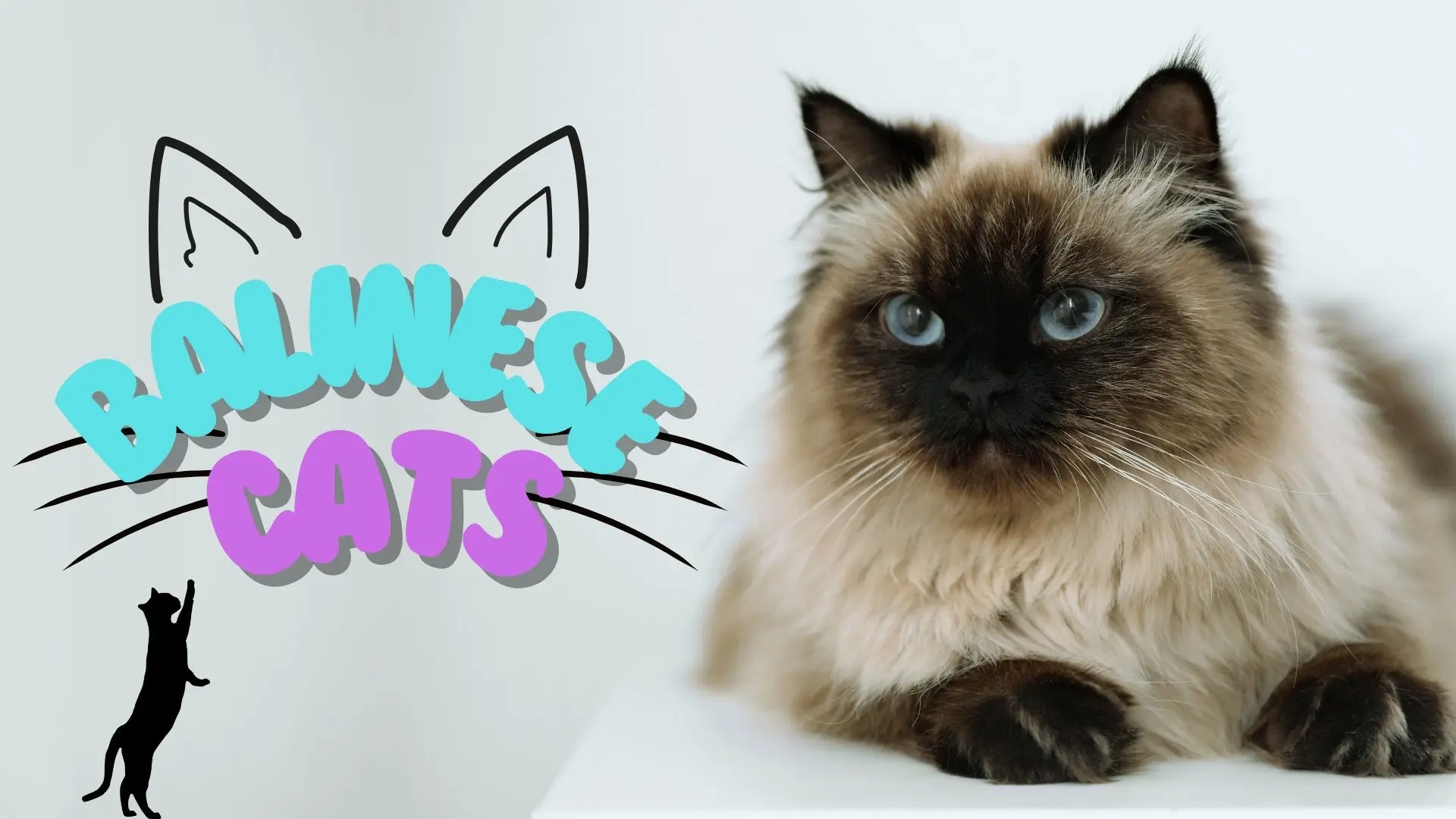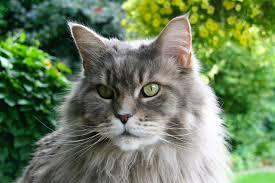Japanese Bobtail: Complete Guide, Profile, Characteristics, Care, Training, Choosing, Pros and Cons, and Price
The Japanese Bobtail is a truly unique and elegant cat breed, known for its distinctive “pom-pom” tail, lively personality, and rich cultural heritage. Revered in Japan for centuries as a symbol of good luck and prosperity, this breed has captivated cat lovers worldwide. If you’re considering welcoming a Japanese Bobtail into your home, this detailed guide will help you understand everything from their personality to training, care, and what to expect.
1. Japanese Bobtail Profile
- Breed Name: Japanese Bobtail
- Other Names: Mi-ke (for the tricolor variety)
- Origin: Japan
- Breed Group: Natural breeds
- Size: Medium
- Height: 8–10 inches (20–25 cm)
- Weight: 5–10 pounds (2.3–4.5 kg)
- Lifespan: 15–18 years
- Coat Type: Short or long, soft and silky
- Coat Colors: All colors and patterns, with tricolor (Mi-ke) being most iconic
- Eye Colors: Gold, green, blue, or odd-eyed
- Personality: Active, intelligent, affectionate
- Activity Level: High
- Good With: Families, children, other pets
2. Characteristics of the Japanese Bobtail
Appearance
The most noticeable feature of the Japanese Bobtail is, of course, its tail. Unlike regular cats, the tail of the Bobtail is short, often appearing curled, kinked, or puffed, resembling a rabbit’s tail. Each Bobtail’s tail is unique — like a fingerprint.
They have a lean, muscular, and balanced body with long, elegant legs (the hind legs being slightly longer than the front). Their head is triangular with high cheekbones and large, expressive eyes. The Japanese Bobtail moves with an almost bouncy, light-footed gait that reflects their playful spirit.
The breed comes in both short-haired and long-haired varieties. Regardless of coat length, their fur is soft, silky, and requires minimal maintenance compared to other long-haired breeds.
Personality
The Japanese Bobtail is one of the most intelligent, social, and affectionate cat breeds. They love being around people and often “talk” with chirps, trills, and meows. Their vocalizations are sweet and melodious rather than loud.
Japanese Bobtails are extremely playful and curious. They enjoy games like fetch and puzzle toys. They are also problem-solvers and can figure out how to open doors or find hidden treats.
Despite their active nature, they are very gentle with children and coexist well with other cats and even dogs. They adapt easily to changes in their environment and love to be involved in family activities.
3. How to Choose a Japanese Bobtail
When choosing a Japanese Bobtail, it’s essential to take several factors into account:
Finding a Reputable Breeder
- Look for breeders who are registered with organizations like CFA (Cat Fanciers’ Association) or TICA (The International Cat Association).
- A good breeder will provide health guarantees, vaccination records, and allow you to visit the kittens and parents.
Health Checks
Ensure that the kitten has been screened for common feline issues. Japanese Bobtails are generally healthy, but it’s wise to confirm no history of genetic disorders.
Temperament
Spend time with the kitten before committing. Japanese Bobtails should be curious, friendly, and active even at a young age.
Rescue Options
Sometimes Japanese Bobtails or mixes can be found in shelters. Adopting is a wonderful option and can save a life.
4. How to Train a Japanese Bobtail
Training a Japanese Bobtail can be an incredibly rewarding experience because of their intelligence and eagerness to engage.
Litter Training
Most Japanese Bobtail kittens are easy to litter train. They are naturally clean animals. Provide a clean, accessible litter box, and they will quickly catch on.
Basic Commands
You can train your Bobtail to:
- Come when called
- Sit
- Fetch (they are one of the few cat breeds that naturally enjoy this!)
Use positive reinforcement such as treats, affection, and toys to encourage desired behaviors.
Leash Training
Thanks to their intelligence and boldness, Japanese Bobtails can be leash-trained. Start with a comfortable harness and practice indoors before venturing outside.
Avoid Punishment
This breed responds much better to positive reinforcement than punishment. Correct undesirable behaviors gently, and redirect them to a more appropriate activity.
5. How to Care for a Japanese Bobtail
Japanese Bobtails are relatively low-maintenance compared to other breeds, but they still require proper care.
Diet
- Feed a high-quality, protein-rich cat food.
- Portion control is important to prevent obesity.
- Fresh water should always be available.
Grooming
- Short-haired Bobtails: Weekly brushing is sufficient.
- Long-haired Bobtails: Brush 2–3 times per week to prevent mats and tangles.
- Regular grooming also helps strengthen your bond.
Exercise
Because they are highly active, provide:
- Cat trees
- Scratching posts
- Interactive toys
- Playtime every day
Without enough stimulation, they might invent their own (sometimes destructive) games.
Health Maintenance
- Routine vet visits: Annual checkups are essential.
- Vaccinations: Stay updated with core vaccinations.
- Parasite prevention: Use flea, tick, and worm preventatives.
- Dental care: Brush their teeth regularly or offer dental treats.
6. Pros and Cons of Owning a Japanese Bobtail
Pros
- Highly intelligent: Easy to train and teach tricks.
- Very affectionate: Form strong bonds with owners.
- Playful and energetic: Constant source of entertainment.
- Low grooming needs: Especially short-haired varieties.
- Good with families: Great around kids and other pets.
Cons
- High energy needs: Require daily play and stimulation.
- Can become bored: Need mental and physical activities to stay happy.
- Chattiness: Some owners might find their constant vocalizations excessive.
- Rare and pricey: Finding a purebred Japanese Bobtail can be difficult and expensive.
7. Price of a Japanese Bobtail
The cost of purchasing a Japanese Bobtail kitten from a reputable breeder typically ranges between $1,000 to $2,500 USD depending on:
- Pedigree: Show-quality cats are more expensive.
- Color and markings: Unique coat patterns, like the traditional Mi-ke (tricolor), can add to the price.
- Location: Availability in your region can significantly impact price.
Additional Costs:
- Initial veterinary care: ~$200–$400
- High-quality cat food: ~$30–$60 per month
- Toys and accessories: ~$100 initially
- Grooming tools: ~$50–$100
- Annual health checks: ~$100–$200
Always factor in lifetime costs when planning to bring any pet into your home.
Conclusion
The Japanese Bobtail is a truly special breed — playful, affectionate, and brimming with personality. Whether chasing after toys, solving puzzles, or curling up for a nap in your lap, a Bobtail brings vibrant energy and endless love into any household. Their easygoing nature, combined with their stunning appearance and rich history, makes them an excellent choice for families, singles, and seniors alike.
However, owning a Japanese Bobtail is a commitment. Their high energy, need for companionship, and vocal tendencies mean they are best suited to homes where they can be an active, cherished part of the family. If you are looking for a lively, loving companion that will enrich your life for years to come, the Japanese Bobtail could be the perfect match for you.




